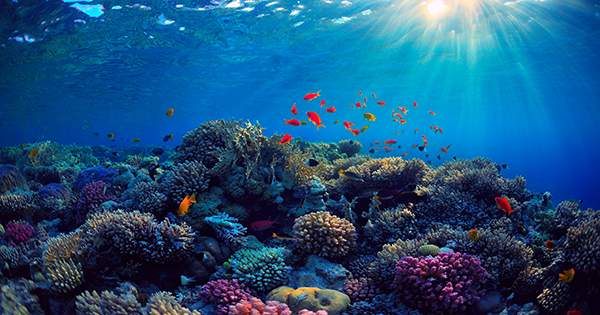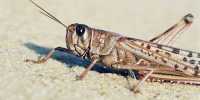There are a few scenes in a life where finding something equivalent to five giant fields can considered a good thing, however – excitement – if the sea cucumber does not go and one cannot find one. According to a new study published in the journal Coral Reefs, these mobile, squishy aerators collectively turn about approximately 70,000 tons (64,000 metric tons) of sand into a single coral reef annually. The environmental service that provides all this excrement known as bioturbation and it involves the upper layers of silt as a way to release the organic matter trapped in the aerobic community.
This new study found that marine science continues to ignore the significance of sand-guzzled sea cucumber (known as holothurians) as a biotherapy tool. Life forms like these aliens come in all shapes and sizes but come together for a partnership purpose: to shake like no other species has ever shaken before. Like the 90s toy water wiggles, these animals are like squishy hole tubes that take sand at one end, bring things of nutritional interest, and defecate the rest from the other end.
“Despite being larger and more pronounced bioterrorists on coral reefs, holothurians (sea cucumbers) are less often blamed on their ecosystem services than their value for fishing in reef ecosystems,” the study authors wrote. “This may be due to the fact that they are thought to have a negligible effect on the health of reefs compared to other animals.” Not everything is the same with these bioturbation equipment published from remote sensing data taken from drones and satellite images across the Heron Island Ref in Queensland, Australia. The team used these images to estimate the population of cucumbers across the reef, which they estimated to be close to the three million mark. Using this information, they can determine the rate of biotherapy of the most abundant sea cucumber in the region, Holothuria atra, which linked to turnover testing with density measurements for single H atra and reef. They found that only one H-atra was able to turn about 14 kg of biotech sediment per year. When this estimate published for accounting as all the sea cucumbers in the reef, they found about 70,000 tons of heron reef per year, or “slightly more than the five Eiffel Towers,” of silt extracted by the Holothurians abstract study. It is probably not surprising that the poop quota of sea cucumbers is so huge, as these animals have proved that they can even walk. The value of these “walking colonies” (to use Bill Bail’s words) and their boots are certainly not lost on Pearlfish, who known to occupy the backs of sea cucumbers as a comfortable and secure hangout. You may shake by this notion, but – as revealed in the footage below – there is no one to pass flush free real estate.
While one of the funniest statuses about the defecation rate of sea cucumbers, the results of this study highlight the integral role-played by the holothurians, without which animals could suffer throughout the entire ephedrine. As such, researchers have requested that steps taken to protect sea cucumbers from over-harvesting without abundant and healthy populations of these animals, as reef ecosystems can cause themselves problems.
















